Skills
Displayed below are images of the different languages that I am used to using and a small description of what they are.
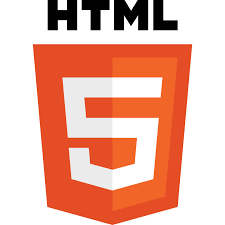
HTML (HyperText Markup Language) is the standard language used to create web pages. It structures content using elements called tags, which define headings, paragraphs, links, images, and other components. HTML works alongside CSS (for styling) and JavaScript (for interactivity) to create dynamic and visually appealing websites. It’s the backbone of the web, shaping everything from simple text pages to complex applications.

CSS (Cascading Style Sheets) is a stylesheet language used to control the appearance of HTML elements. It allows developers to customize colors, fonts, layouts, and animations, ensuring a visually appealing and consistent design across web pages. CSS works with selectors and properties, applying styles either inline, internally within an HTML document, or externally through linked stylesheets. Advanced techniques include Flexbox, Grid, and media queries for responsive design.
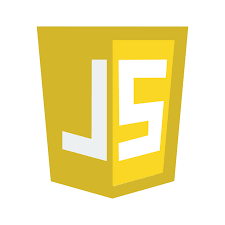
JavaScript is a versatile programming language used to add interactivity, dynamic content, and functionality to web pages. It allows developers to manipulate HTML and CSS, handle user inputs, create animations, and build complex applications. JavaScript works in the browser and can also be used on the server with frameworks like Node.js. Key concepts include variables, functions, events, objects, and asynchronous programming with promises and async/await.

PHP (Hypertext Preprocessor) is a server-side scripting language widely used for web development. It enables dynamic content generation, form handling, and database interaction, making it essential for creating interactive and data-driven websites. PHP integrates seamlessly with HTML and works with databases like MySQL. It supports various frameworks such as Laravel and Symfony, which enhance development efficiency and security.
Platforms
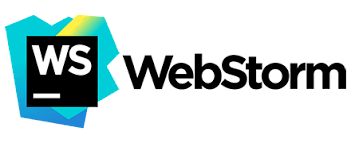 WebStorm
WebStorm
 PhpStorm
PhpStorm
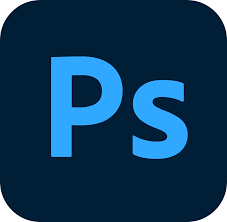 Photoshop
Photoshop
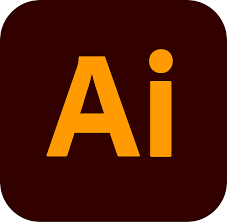 Illustrator
Illustrator
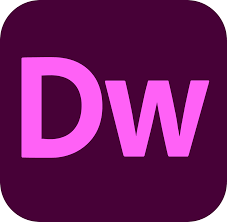 Dreamweaver
Dreamweaver
 Figma
Figma
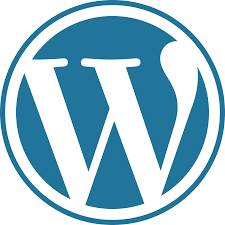 WordPress
WordPress
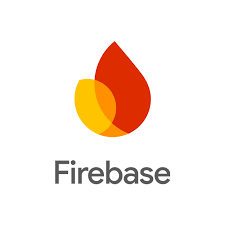 Firebase
Firebase